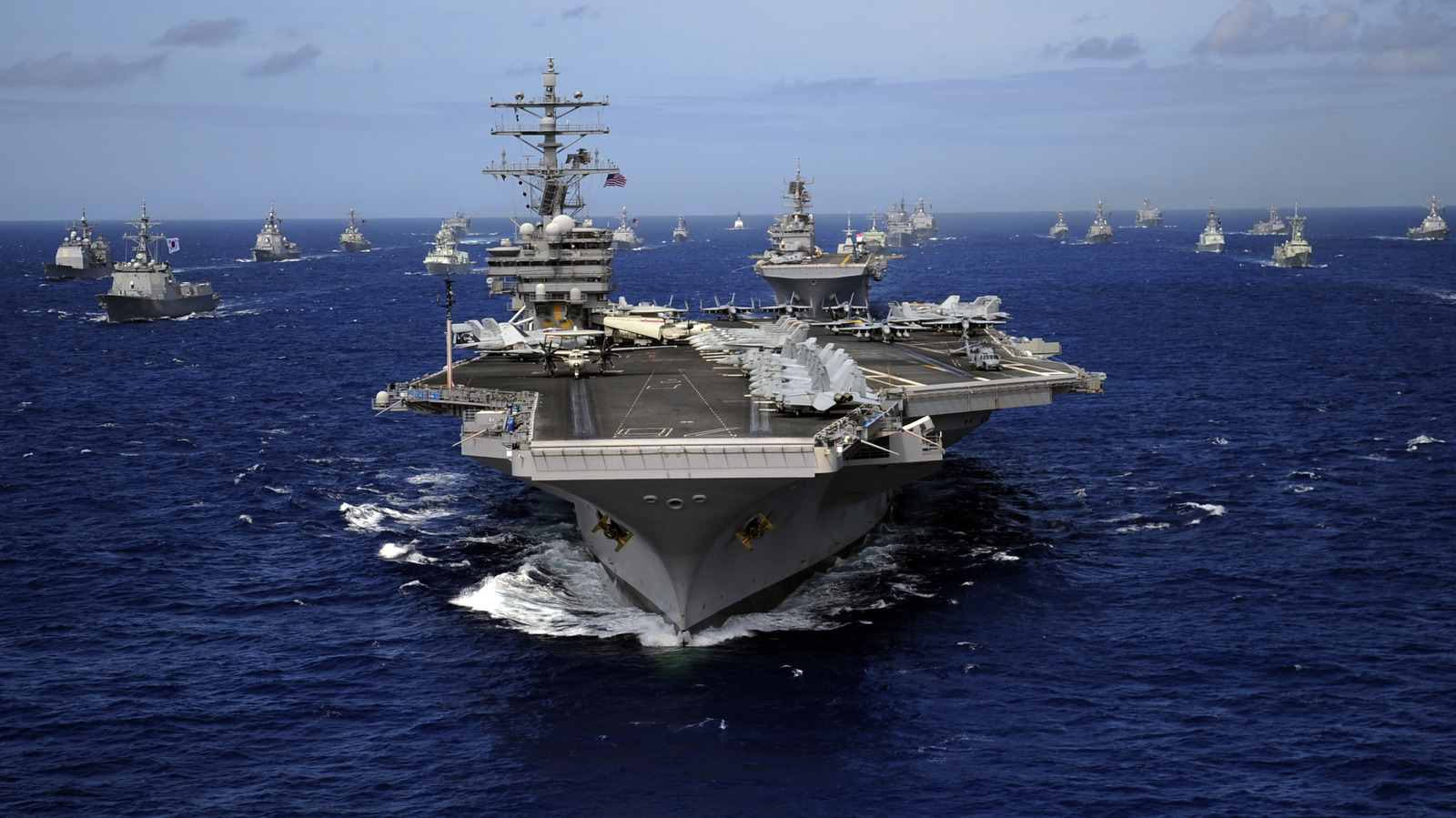The 7 Types Of Modern Warships Explained – SlashGear

The widespread adaptation of aircraft carriers since World War II has brought about a marked transformation in naval warfare. Alongside the introduction of guided missiles, carriers have rendered battleships completely obsolete, exerting dominance over modern navies ever since. Modern carriers are colossal vessels equipped with cutting-edge technology, resembling small floating cities with a crew capacity of approximately 5,000 personnel. Currently, the world’s largest carrier is the newly commissioned Gerald R. Ford class, which replaced the long-standing Nimitz class.
The Gerald R. Ford class represents a pinnacle of Carrier engineering, incorporating advanced electronics and modern technology throughout its construction. Unlike its predecessor, the Nimitz, this class does not rely on outdated internal systems like steam lines. By leveraging these advancements, the carriers can achieve equivalent operational capabilities with approximately 500 fewer crew members.
Aircraft carriers today serve a diverse array of missions such as mobile attack and defense platforms, operating various wing groups. Their mobility also places carriers as rapid response forces, capable of swift deployment. Moreover, carriers are frequently called upon for diplomatic endeavors, as few assets demonstrate diplomacy more prominently than a multi-billion dollar floating weapon platform anchored off the coast of a foreign nation. Carriers also play a vital role in disaster relief and humanitarian missions. Their modern capabilities enable them to provide power to affected areas, provide food for thousands, and produce roughly 200,000 gallons of potable water daily. These capabilities make carriers invaluable assets in addressing crises and delivering aid on a global scale.
For all the latest Games News Click Here
For the latest news and updates, follow us on Google News.
